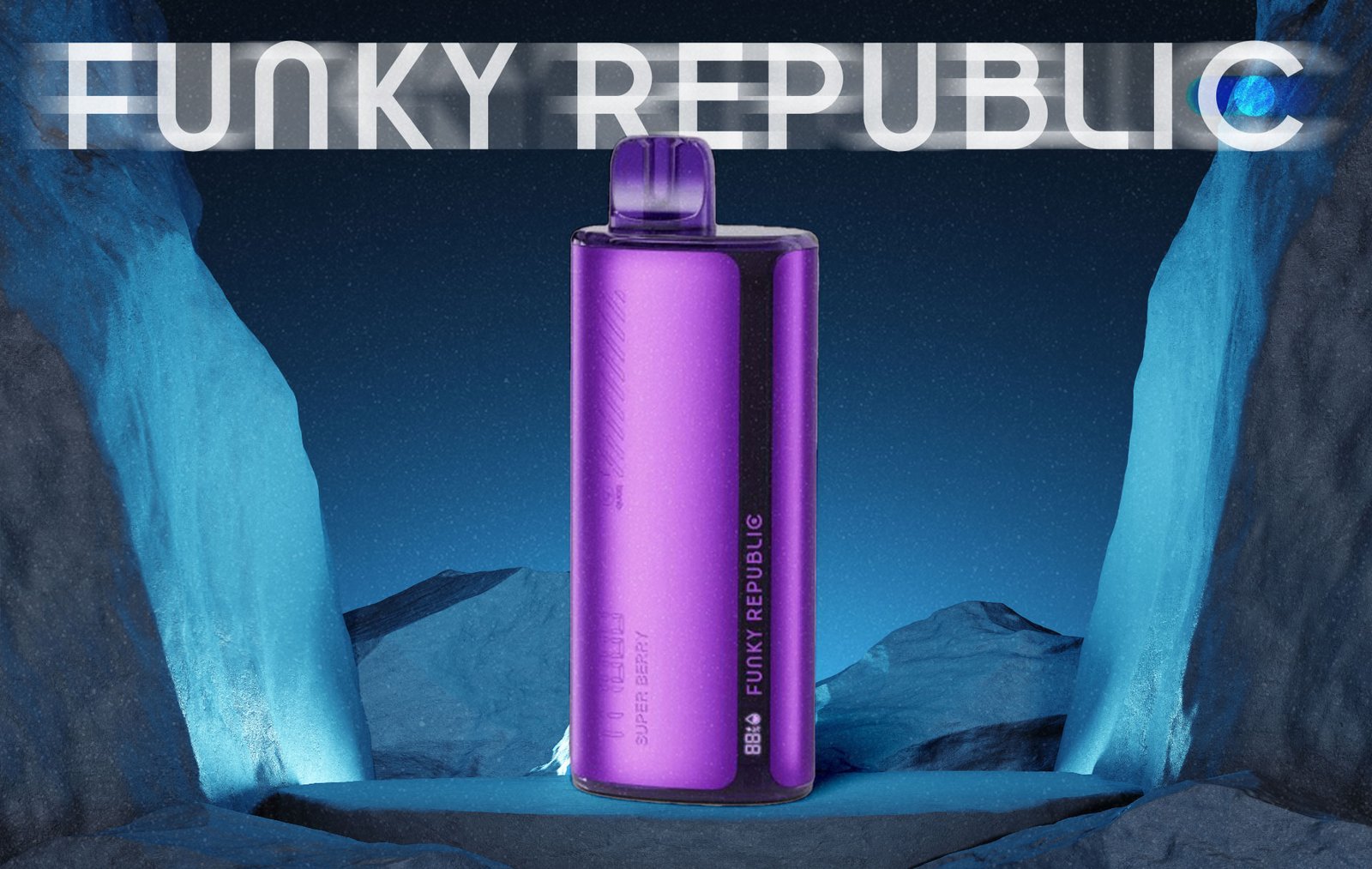Water is a precious resource, and conserving it not only benefits the environment but also helps you save money on your utility bills. High water bills can often be attributed to wasteful habits and inefficient fixtures. https://finanzasdomesticas.com/como-ahorrar-en-la-factura-del-agua This guide offers practical tips and strategies to reduce your water consumption and lower your water bill effectively.
1. Understanding Your Water Usage
A. Analyzing Your Water Bill
Start by reviewing your water bill to understand your consumption patterns. Look for:
- Usage History: Compare your current usage with previous months to identify any spikes in consumption.
- Billing Cycle: Know when your billing period starts and ends to track changes in usage.
- Water Rates: Familiarize yourself with the rates charged per gallon or cubic meter of water.
B. Identifying Major Sources of Water Usage
Typically, the major contributors to residential water usage include:
- Showers and Baths
- Toilets
- Laundry
- Dishwashing
- Outdoor Watering
Understanding these sources will help you target areas for conservation.
2. Practical Tips for Reducing Water Consumption
A. Fix Leaks
- Check for Leaks: Inspect faucets, toilets, and pipes for any signs of leaks. A small drip can waste gallons of water over time.
- Repair Leaks Promptly: Use plumber’s tape, washers, or call a professional plumber to fix leaks as soon as you discover them.
B. Optimize Bathroom Usage
- Install Water-Saving Fixtures: Replace old showerheads and faucets with low-flow models that reduce water flow without sacrificing pressure.
- Use Efficient Toilets: Consider installing a dual-flush toilet that allows you to choose between a full flush and a reduced flush. Alternatively, place a water-filled bottle in the tank to reduce the amount of water used per flush.
C. Adjust Shower Habits
- Take Shorter Showers: Aim to limit showers to 5–10 minutes. Use a timer if necessary.
- Turn Off Water While Lathering: Turn off the water while soaping up or shampooing to save water.
D. Efficient Laundry Practices
- Full Loads Only: Run your washing machine only with full loads to maximize water efficiency.
- Choose Efficient Settings: Use the appropriate water level settings on your machine for smaller loads.
E. Optimize Kitchen Water Use
- Install a Low-Flow Faucet Aerator: This simple device can reduce water flow while maintaining pressure.
- Rinse Dishes Efficiently: Instead of letting water run while rinsing, fill a basin or the sink with water for rinsing.
F. Outdoor Water Conservation
- Water Plants Wisely: Water your garden in the early morning or late evening to minimize evaporation. Consider using a drip irrigation system to target the roots directly.
- Choose Drought-Resistant Plants: Opt for native and drought-resistant plants that require less water.
G. Collect Rainwater
- Install Rain Barrels: Collect rainwater from your roof to use for watering plants and gardens.
- Use Greywater Systems: If feasible, consider systems that recycle greywater from sinks or showers for outdoor use.
3. Smart Technology for Water Savings
A. Smart Water Meters
Consider installing smart water meters that provide real-time data on your water usage. These devices can help you identify spikes and track your consumption trends.
B. Water-Saving Appliances
Invest in water-efficient appliances, such as:
- Energy Star-rated washing machines: These use significantly less water per load compared to older models.
- Water-efficient dishwashers: Modern dishwashers use less water than handwashing.
4. Behavioral Changes for Conservation
A. Be Mindful of Water Use
- Track Your Usage: Keep a log of your daily water use to identify patterns and areas for improvement.
- Educate Family Members: Involve your family in conservation efforts by educating them about the importance of saving water.
B. Set Water-Saving Goals
- Establish Monthly Targets: Set specific goals for reducing water usage each month and monitor your progress.
- Reward Progress: Consider rewarding family members for meeting conservation goals to encourage ongoing efforts.
5. Conclusion
Saving on your water bill requires a combination of awareness, behavioral changes, and the adoption of efficient technologies. By implementing the tips outlined in this guide, you can significantly reduce your water consumption and lower your utility costs. Not only will you save money, but you’ll also contribute to the conservation of this vital resource for future generations.



